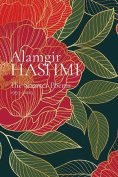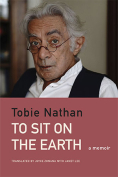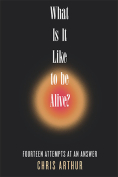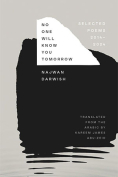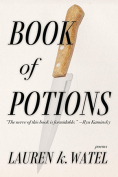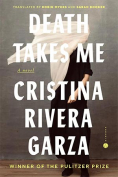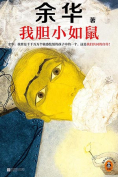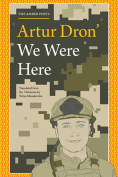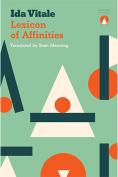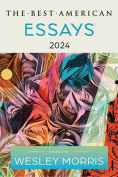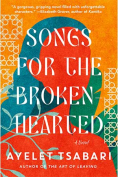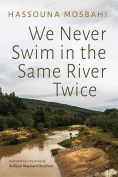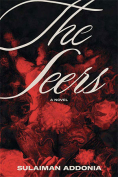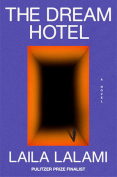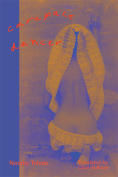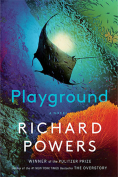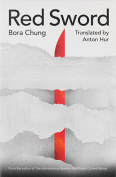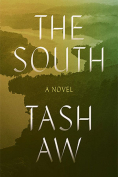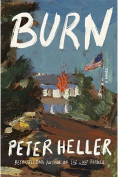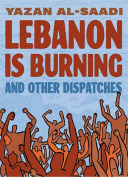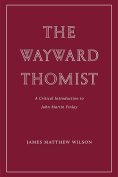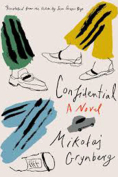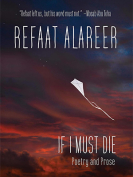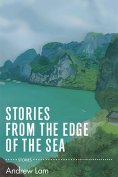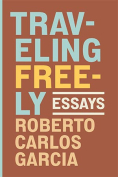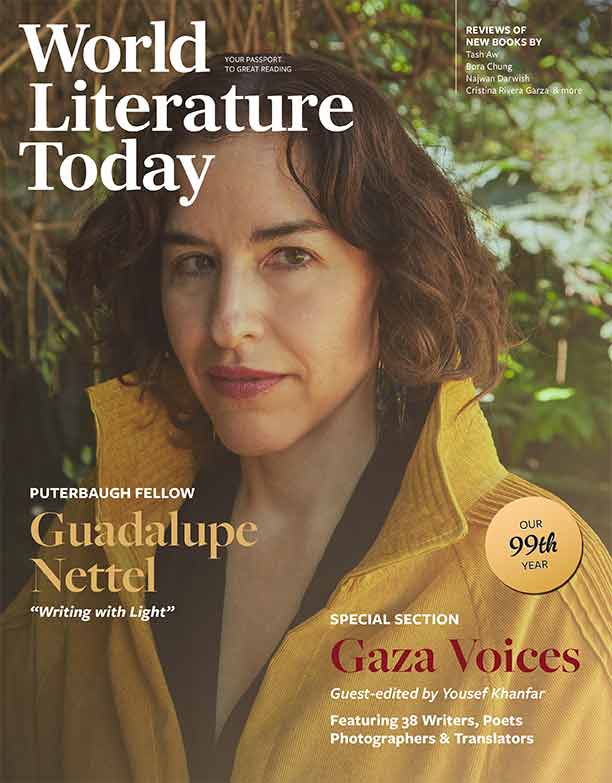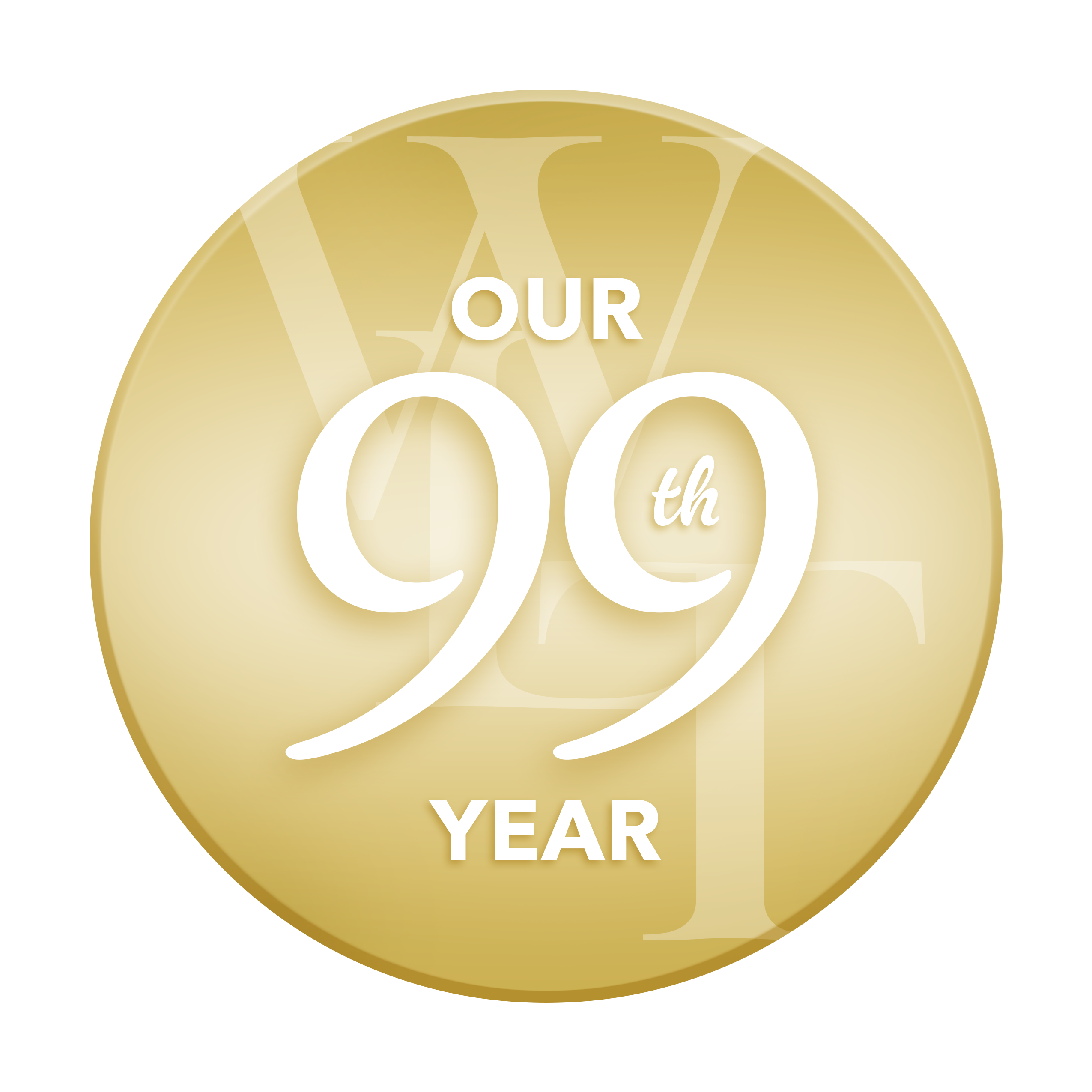The Best American Essays 2024
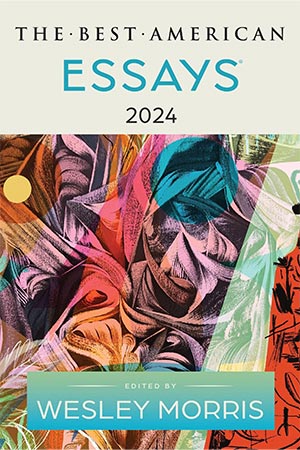
New York. Mariner Books. 2024. 357 pages.
Doubtless many readers of this annual anthology were, like me, anticipating its 2024 edition with some apprehension. Begun in 1986 by Robert Atwan and overseen by him as series editor for the next thirty-seven years, the current volume is the first under the direction of the new series editor, Kim Dana Kupperman.
Atwan is a hard act to follow. As this year’s guest editor, Wesley Morris, puts it, he “helmed this series to perfection.” Atwan’s successor offers similarly high praise, describing him as “one of America’s most eloquent champions and erudite scholars of the essay.” To compare a single year’s selection by the new series editor with the lifetime achievement of someone of Atwan’s stature would be unfair, but I, for one, am pleased to see a remarkably smooth editorial transition.
Like its predecessors, The Best American Essays 2024 presents readers with a stimulating mix of high-quality prose drawn from a range of literary magazines. On the basis of her first volume, there’s good reason to think that the series has passed into another pair of adept literary hands. “The man could write a foreword,” says Wesley Morris admiringly of Atwan. Kupperman demonstrates a similar skill. Her comments about the difference between argument and dispute are particularly timely. She deftly puts her finger on a malign pulse now beating in the body politic when she observes how those who win disputes “often deploy intellectual brutality to silence the kind of argument that results in bringing people closer instead of pushing them apart.” It is argument possessed of this bringing-closer quality that has always characterized work in The Best American Essays.
The twenty-two essays Morris has chosen, from the wealth of possibilities Kupperman presented to him, offer readers an exhilarating diversity of subject matter. We’re taken through literary landscapes that explore art, boxing, gender, grief, family, loss, marriage, memory, translation, and trauma—to name just a few of the territories through which the contributors lead us. Each essay presents its own unique perspectives on whatever aspects of the terrain have caught the essayist’s eye and led them to create the little worlds of meaning they put before us.
Several contributors describe what they’ve written as stories. In Courtney Miller Santo’s exploration of family dynamics, horses, and omens at a holiday ranch, the author says: “It’s taken me a long time to write this story.” “This story starts . . .” is how Jennifer Senior begins her moving account of how differently people with disabilities used to be treated. In his masterly unveiling of a family’s involvement with slavery, James Whorton notes how “sense is made out of sentences, and a sentence is a little story.” And in a brilliant piece on memory, Sallie Tisdale puts the question: “When I write from memory, am I writing a history or a story?”
Blurring the line between essay and story brings to mind E. L. Doctorow’s assertion: “There is no fiction or nonfiction. There is only narrative.” (A view echoed by Arundhati Roy’s claim that “fiction and nonfiction are only different techniques of storytelling.”) In our age of sophisticated disinformation, where establishing the truth of an account can be problematic, it’s instructive to find essays morphing into stories without their writers deserting the genre’s guiding touchstone of truth-telling.
Interestingly, though, the emphasis on narrative is challenged in one of the most powerful essays in the book: James McAuley’s “Memory’s Cellar.” This looks at Martef HaShoah—the Holocaust Cellar—in Jerusalem. It is what McAuley describes as “a site of raw memory” established in the immediate aftermath of the war and housing objects provided by survivors of the camps. His essay challenges many contemporary museological approaches to Holocaust memorialization—McAuley at one point calling them “high-minded kitsch” that attempts “to sanitize and moralize in equal measure” and “spin the nightmare of Auschwitz into some kind of sermon about the future.” McAuley has written a persuasive and poignant essay, not a story. He’s adamant that “there is no narrative” that can “adequately capture the hopelessness” of the material held in the Holocaust Cellar.
In her foreword, Kupperman reminds readers that “anthology” derives from a Greek term meaning “to gather flowers.” She describes the volume as “a bouquet of the best American essays” gathered from the “resplendent gardens” of the country’s many literary magazines. It seems fitting that two of the essays are very much rooted in actual gardens—Yiyun Yi’s touching interweaving of gardening and grieving after her teenage son’s suicide and Christienne L. Hinz’s “A Rewilding,” which offers a robust account of how, in defiance of “the White Gaze,” she transformed her sterile suburban garden into a flourishing piece of natural environment.
Edward Hoagland once said that essays “hang somewhere on a line between two sturdy poles: this is what I think, and this is what I am.” There are sturdy poles aplenty driven into the ground of this volume’s essayistic garden. Its contents occupy an impressive span along the lines drawn out between them.
Chris Arthur
St. Andrews, Scotland
